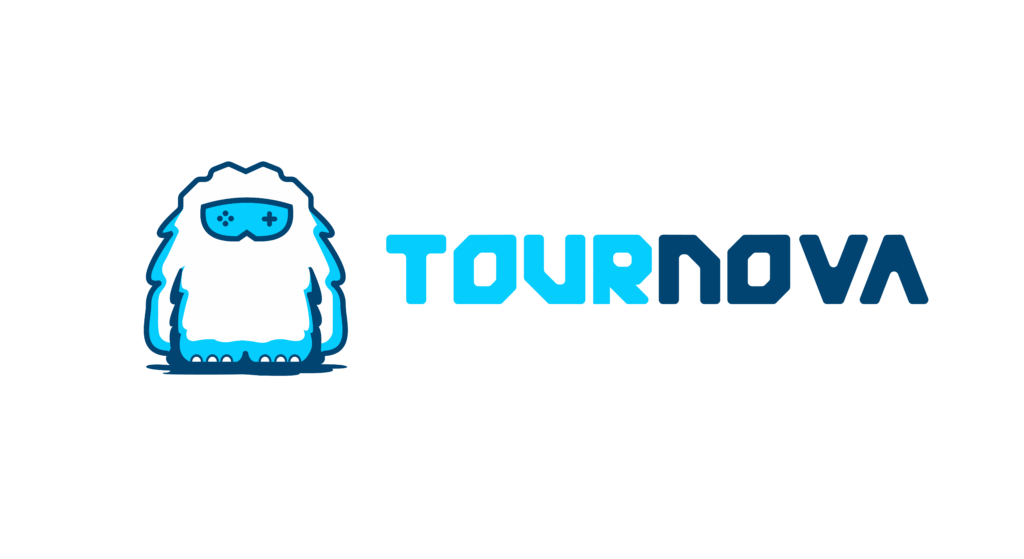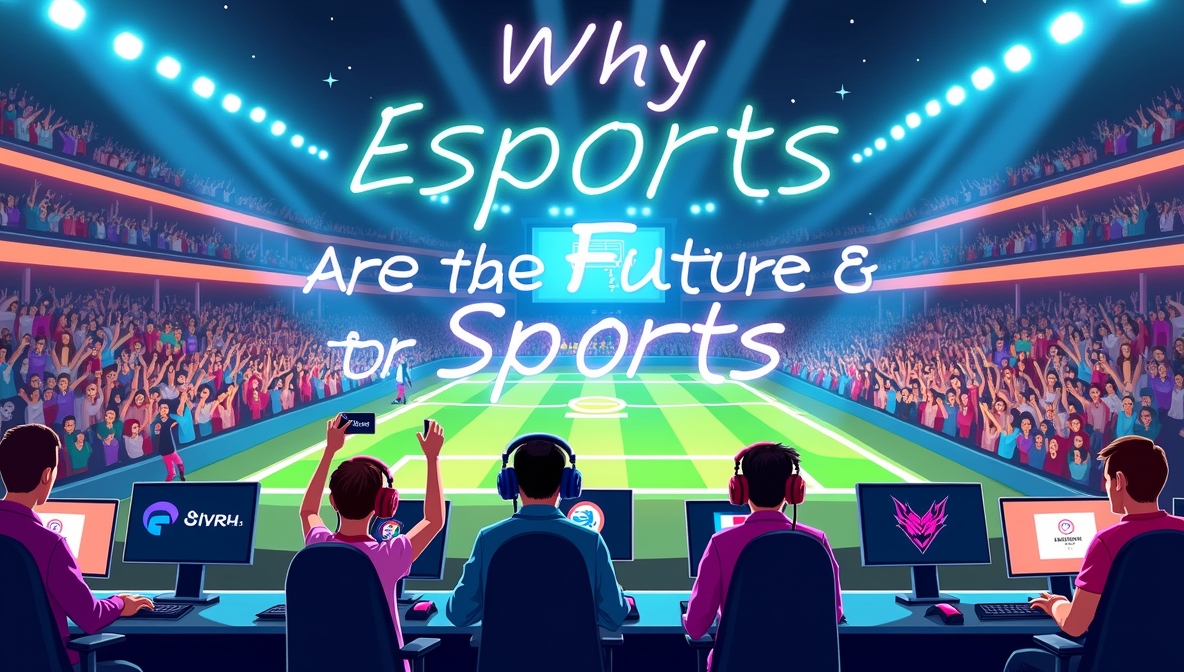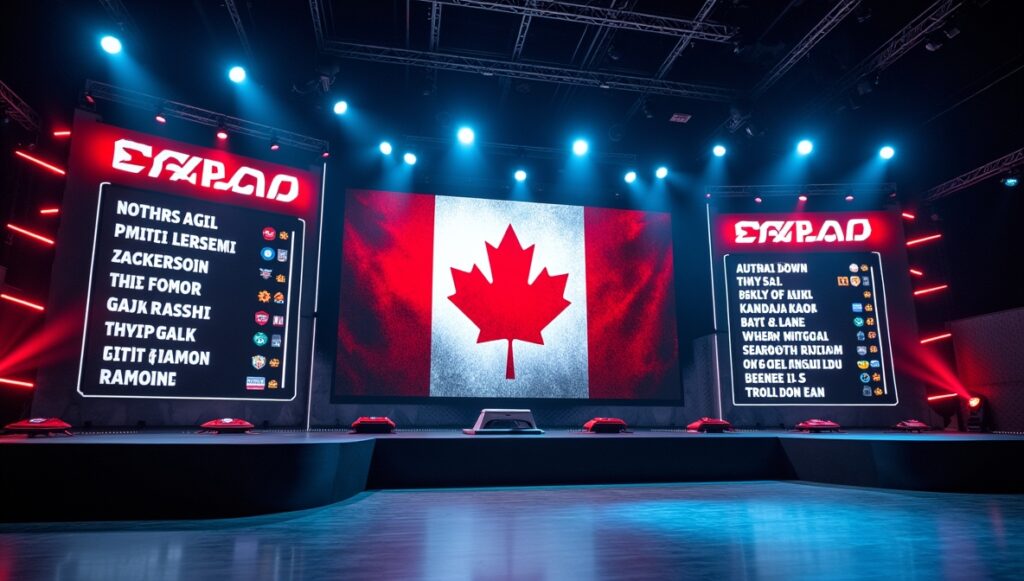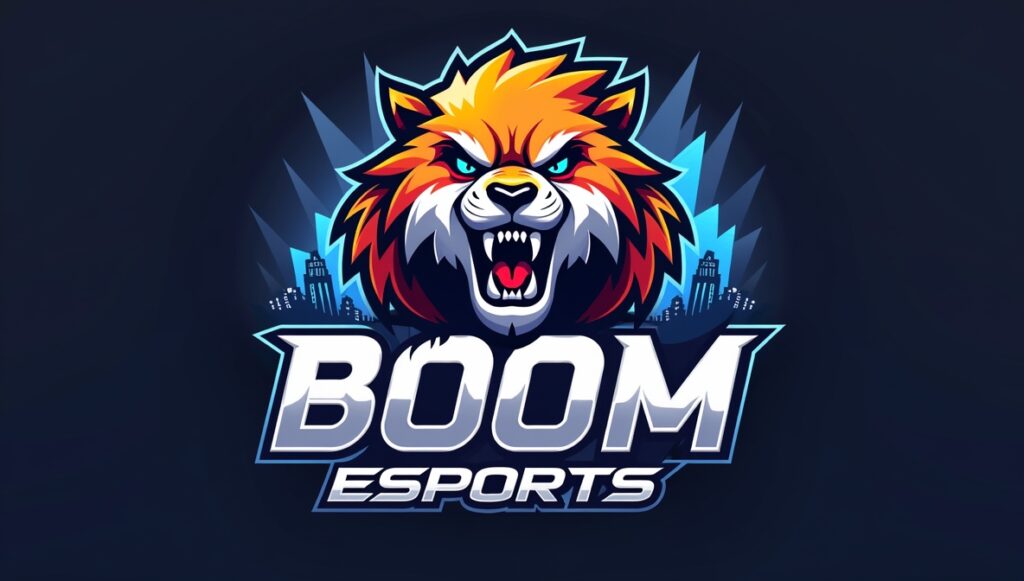I still remember sitting cross-legged on a worn carpet, clutching a plastic joystick as Pac-Man beeped across a smudgy TV screen. Fast-forward to last spring: I found myself in a packed arena, surrounded by 15,000 fans jammed shoulder-to-shoulder, all sporting their favorite team’s esports jersey. On stage, teams huddled with headsets, playing not for pocket change, but for glory and millions in prizes. The contrast was so vivid it felt cinematic; nostalgia rubbing elbows with a new kind of spectacle. It’s clear that esports are the future of sports, blending tradition with innovation in a way few could have predicted.
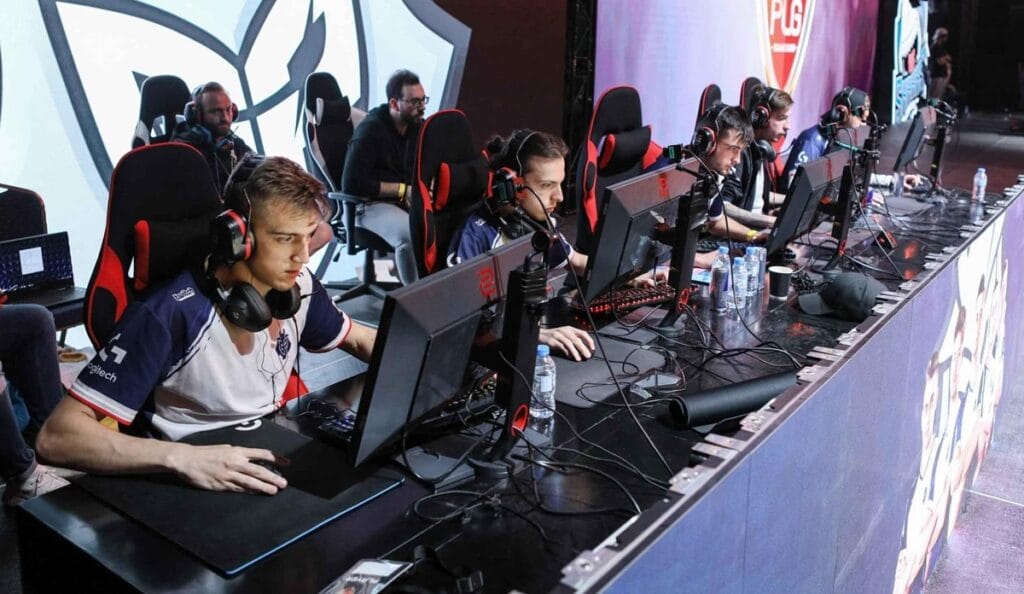
- It has grown into a billion-dollar industry with global tournaments and massive fanbases.
Esports Are the Future of Sports
The question I kept coming back to: have games really become sports, and could they be the future? Suddenly, everyone is talking about esports. It’s on the news, headline sponsors are splashed everywhere, and kids in high school are dreaming of digital championships, not just touchdowns or three-pointers. When did gaming cross from couch to competition?
1. Introduction: A New Playing Field
Not so long ago, gaming was seen as a guilty pleasure; a solitary pastime for rainy afternoons. Now, gamers trade joysticks for jerseys and step into arenas built for champions. The energy is different. There’s a sense that we may be witnessing a turning point, not only for games, but for sports as a whole. Esports have gone from childhood bedrooms to the center of the cultural conversation. Why is everyone suddenly talking about esports? It’s about more than just playing; it’s about transforming passion into profession, digital camaraderie into global spectacle. People are drawn to the idea that anyone, anywhere, can become a legend with the right skill and drive. Calling gaming a “sport” is pushing us all to rethink what it means to be an athlete, a competitor, even a fan.
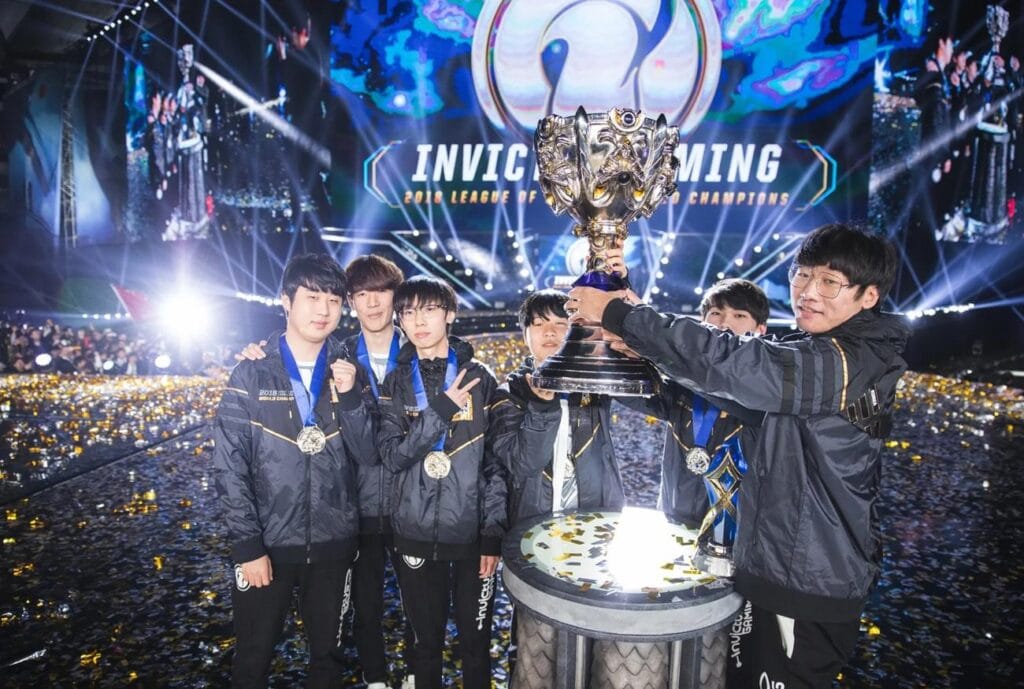
- With younger generations favoring screens over stadiums, esports is gaining ground fast.
2. How Esports Evolved: From Basement Battles to Stadiums
It didn’t start big. Esports was humble; friends yelling across LAN cables in musty basements, early StarCraft tournaments pulling a few hundred viewers online. Then the scene exploded: by 2013, the Staples Center sold out for a League of Legends World Championship and over 32 million tuned in online. Suddenly, team organizations like T1 and Fnatic were forming, and the prize pools skyrocketed (The International 2021 boasted over $40 million). This meteoric rise shows why esports are the future of sports.
What changed? Streaming platforms like Twitch and YouTube let fans everywhere tune in live, fostering global rivalries. Sponsorships and investments poured in, fueling larger events and more polished broadcasts. Household names: Ninja, Faker, S1mple; became mentors for millions. In 2023, peak concurrent viewership for Worlds hit over 6 million, and stadiums from Shanghai to Berlin pulsed with the roar of live crowds. It’s no wonder this “niche hobby” dethroned long-held TV ratings in some markets.
3. Sports DNA: What Makes a Sport and Does Esports Fit?
Let’s peel back the layers: what actually qualifies as a sport? Traditionally, it’s about competition, skill, structured rules, and a community of fans; plus a dash of showmanship. Esports, in its own fashion, checks each box. Players commit to training for hours daily, honing lightning-fast reflexes and intricate strategies. Tournaments are governed by strict rulebooks and many have in-game referees. Teamwork and pressure rival any football championship.

- Esports offers global reach without physical boundaries or costly infrastructure.
The International Olympic Committee has even hosted esports events as Olympic demonstration competitions, and plenty of national sports federations now recognize top players as official athletes. The demands on the mind and body are real: pro gamers track sleep, nutrition, and train reaction times down to single-digit milliseconds. Maybe the gear is different (controllers and mice, not racquets or gloves), but the spirit of competition is the same. At this level, calling pro gamers “real athletes” feels less like a stretch and more like the truth.
4. The Pro Gamer Experience: Training, Discipline, and Sacrifice
It’s tempting to imagine that pro gamers lounge in beanbags, mashing buttons till noon. The reality? Far from it. Take any team like G2 Esports or Evil Geniuses; players start the day with physical stretching, run through hours of coached drills, and scrimmage other elite squads. Nutritionists track their food, psychologists monitor stress and burnout, and days are blocked out for in-depth strategy reviews well into the night. These professional routines are why esports are the future of sports.
The numbers speak volumes: most pros train 6-10 hours daily, rivaling any traditional sport’s regimen. Bootcamps and international travel are the norm; a Fortnite World Cup player might spend more days on airplanes than on home turf. Even recovery is crucial, with physiotherapists treating injuries from repetitive motion, much like tennis or table tennis pros. Beneath the surface, the discipline, sacrifice, and teamwork are indistinguishable from any championship-bound athlete.
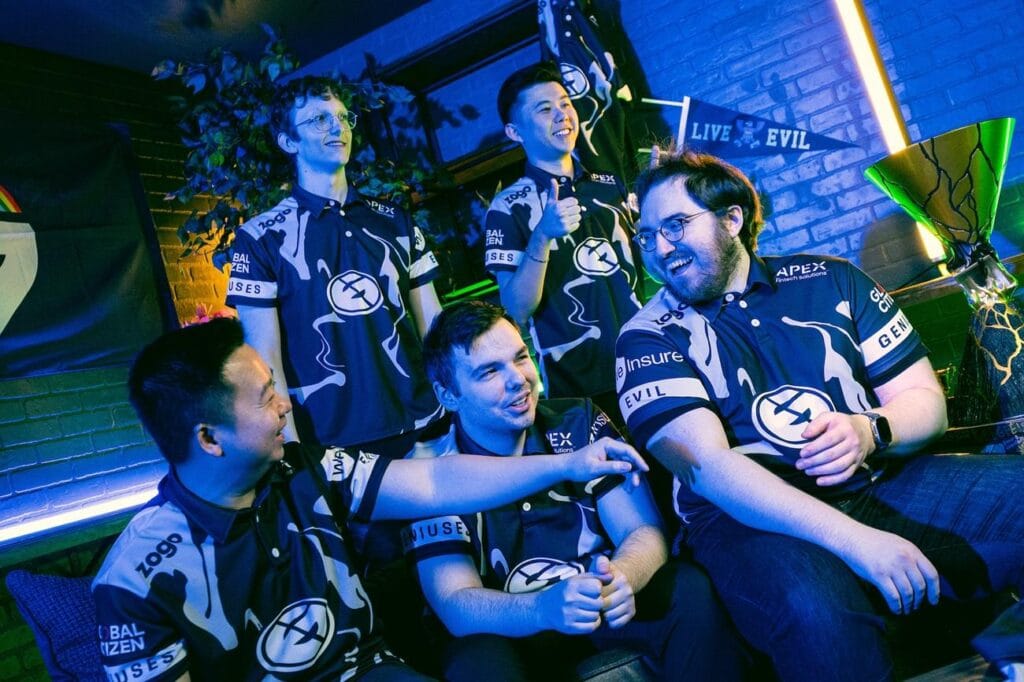
- Virtual arenas are filling up like real ones: sometimes even faster.
5. The Spectacle: Fandom, Arenas, and Prize Money
Imagine being swept up in a thunder of cheers as a Dota 2 player clutches a last-second victory at The International. Or sitting glued to your phone as millions on YouTube watch Sentinels topple giants at the Valorant Masters. Esports events are pure spectacle now; packed with waving banners, booming music, and energy drinks flowing like water.
Major tournaments have prize pools that leave many traditional sports in the dust. The International’s $40 million purse is larger than the cricket World Cup’s. Players and fans proudly wear team jerseys, memorize chants, and form lifelong allegiances. Just like rooting for your favorite football club, memes and highlight reels turn player moments into legends. And if you’re curious: yes, you can win big; top players notch salaries, endorsement deals, and fame rivaling some Olympians.
6. Mainstream Momentum: Recognition, Investment, and Media
Now for the big question: are governments and the world’s sports brands buying in? More and more are saying yes. Countries like South Korea and Germany recognize esports as sport, granting pro players visas and awards. The NBA, NFL, and even Formula 1 have all invested in or launched their own esports leagues. Sponsorships? Mercedes-Benz, Red Bull, and Nike are regular names. All of this underlines a clear truth: esports are the future of sports.
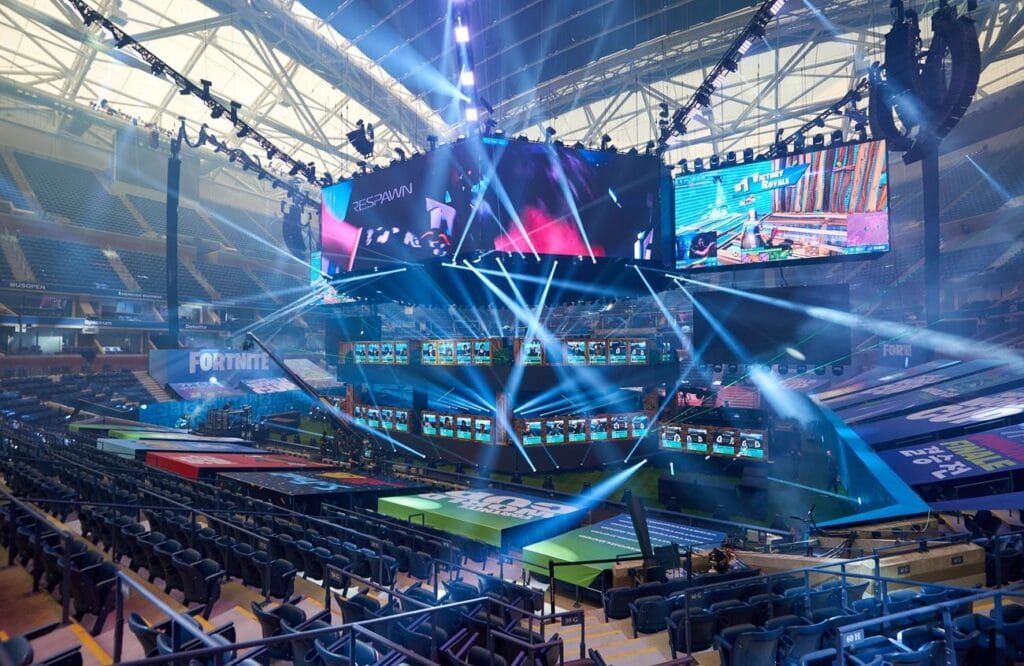
- While it won’t replace traditional sports, esports is carving its own powerful legacy.
But there are hurdles. Some still see gaming as a “lesser” pursuit, concerned about screen time or the accessibility gap (not everyone can afford high-end gaming gear). Generational divides are real; some sports purists aren’t ready to swap fields for servers. Yet, with each Olympics considering new hybrid events and collaborations, like FIFA’s eWorld Cup or Tokyo’s Olympic Virtual Series, these lines continue to blur.
7. The Next Generation: Where Are Sports Headed?
If you’ve been around high school or college campuses, you’ll notice something: esports clubs are everywhere. In the U.S. alone, over 200 colleges offer varsity programs and scholarships for esports athletes. For Gen Z and younger, digital-first sports are natural, fun, and aspirational. Career possibilities now range from athlete to coach, caster, analyst, or team manager; and the tech only keeps evolving.
VR and AR tournaments are already in beta, hinting at a world where tomorrow’s sport might blend physical and digital skill in real time. Imagine a future where “athlete” means juggling both muscle and mouse, field and fiber-optic cable. Good news for all of us: whatever your passion or ability, there’s a place to compete, belong, and cheer. Esports is redefining athleticism, and tomorrow’s champions may be as likely to hold a controller as a bat.
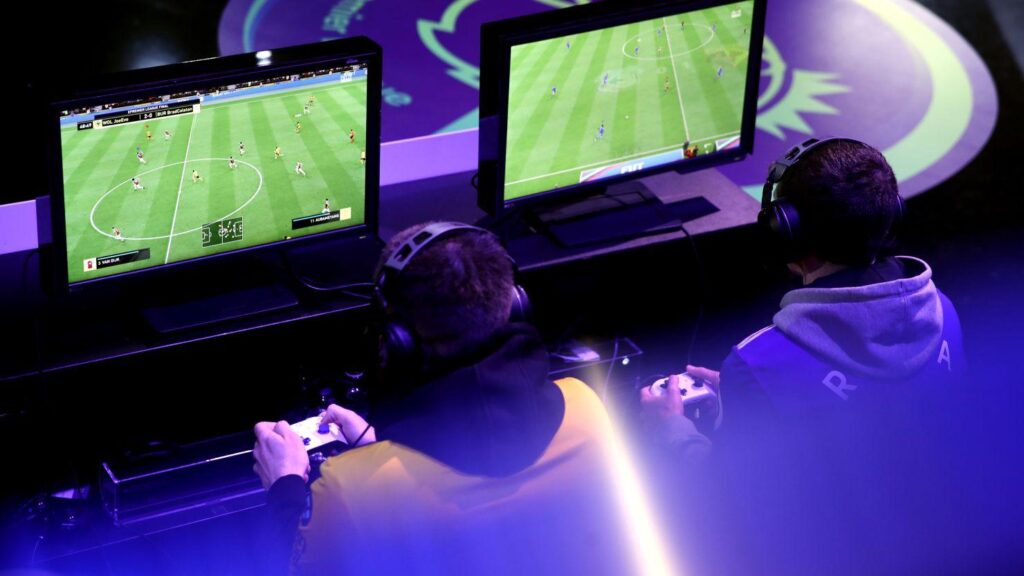
- Esports isn’t just part of the future; it’s already changing the game.
Where the Future Plays: How Tournova Brings Esports Potential to Everyone
As esports stakes its claim as the future of sports, turning gamers into athletes and digital arenas into global stadiums, Tournova gives that dream real ground to grow for everyone. Whether you’re reliving those basement LAN parties or eyeing a mainstage moment, Tournova lets communities and players spin up tournaments right inside Discord or Telegram. Registration, player matching, brackets, and prize payouts all run automatically, lowering the bar so anyone, from seasoned competitors to total newcomers, can join in or organize like a pro. Esports are the future of sports, and Tournova is here to make sure everyone gets a seat at the table.
But Tournova’s real twist is its token-based ecosystem, which means your journey doesn’t end with a scoreboard. Every game, every result, and even community engagement earns you Tournova tokens; your keys to bigger tournaments, digital rewards, or unique auctions inside the app. So if you believe esports isn’t just for the elite but for every gamer chasing a moment; or making a name for themselves; Tournova turns that “future of sports” vision into a reality you can shape, whether you’re flexing strategy, bringing people together, or just playing for the fun (and maybe the next big win).
8. Last Thoughts: Changing the Game Forever
The story is still being written, but one thing’s clear: esports is here and it’s reshaping what “sport” means for a new generation. For some, that means greater inclusion. For others, innovation and global reach. But ultimately, it’s about opening doors; for fans, competitors, coaches, and dreamers. Whether you belong to team joystick or team jersey, the game is changing, and you’re more than welcome to watch, play, or join the journey. Why not tune into a major tournament this year, or try an amateur match yourself? You might just find the passion, teamwork, and heart you’ve always loved about sports; just in a new arena. Thanks for exploring this new playing field! If you’re curious or inspired, welcome. The jerseys are waiting; no joystick necessary, because esports are the future of sports.
FAQs
1. Can esports provide long-term careers, or is it just for the young?
Absolutely, while most top players skew young, the industry is full of roles: coaching, team management, content creation, marketing, event production, and more, where experience and insight are as prized as reaction time.
2. How do parents or educators support kids interested in an esports path?
Modern programs encourage balanced routines; structured practice, strong academics, and supervised competition. Many schools and universities now have dedicated staff to help kids pursue esports safely and responsibly.
3. What’s the difference between casual gaming and professional esports?
It’s the difference between shooting hoops in your driveway and playing in the NBA finals: stakes, training, pressure, visibility, and structure define the pro scene; and entry requires real discipline and teamwork.
4. Are there health risks unique to esports athletes, and how are they managed?
Yes: eye strain, posture injuries, and mental fatigue are the most talked-about. Pro teams now hire sports scientists, nutritionists, and therapists; plus regular physical activity and healthy routines; to keep their players thriving.
Infographics:
From Joysticks to Jerseys: Is Esports the Future of Sports?
—
A New Playing Field
– Esports has shifted from solitary gaming to global stadium events; 15,000+ seat arenas, millions tuning in online.
– Gaming is now passion, profession, and live spectacle, welcoming players of all backgrounds.
—
The Rise: From Basements to Bright Lights
– Staples Center sold out for LoL Worlds, 32M watched online; Dota 2’s prize pool soared over $40 million.
– Streaming via Twitch and YouTube fuels rivalries, fanbases, and international fame for players like Ninja and Faker.
—
Sport DNA: Fits the Mold
– Esports demands skill, structure, and pressure; just like football or tennis.
– Pros train 6–10 hours daily: strategizing, scrimming, coached drills, and wellness routines.
—
Mainstream Momentum
– Olympic demos, national recognition, and investments from the NBA and Mercedes-Benz.
– 200+ U.S. colleges offer varsity esports; VR/AR tournaments hint at a tech-powered future.
—
Redefining the Athlete
– “Athlete” now means agility; on-screen and in life. Careers span management, coaching, and content with health science support.
– Esports brings fresh opportunity, diversity, and excitement to the future of sports.
